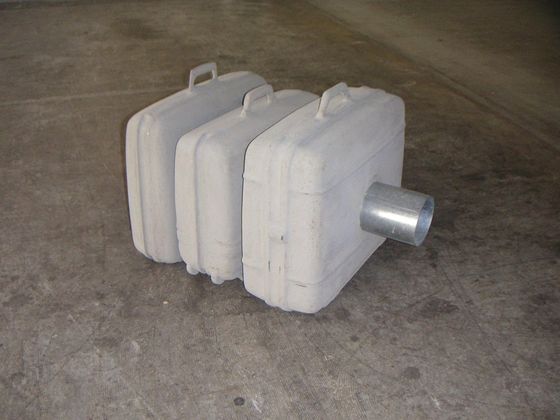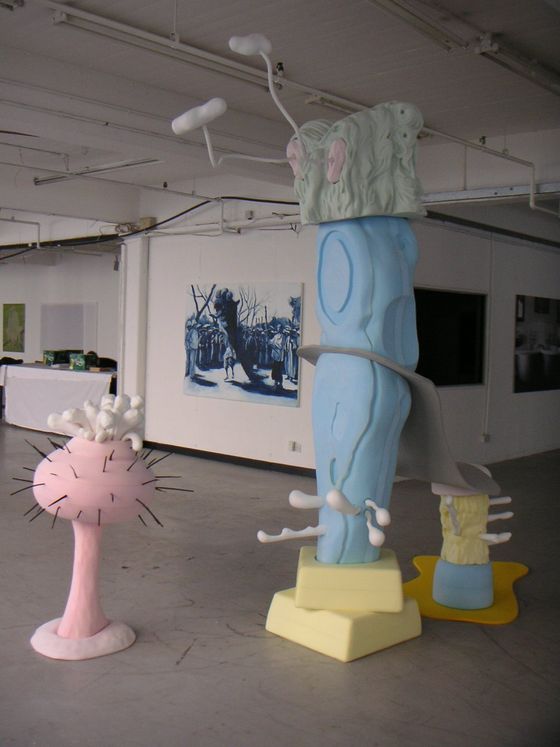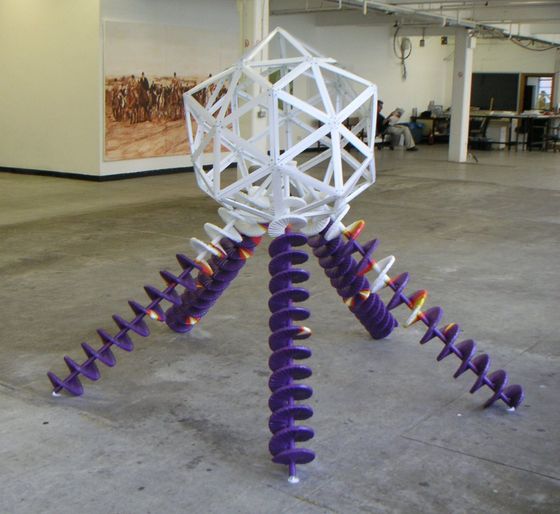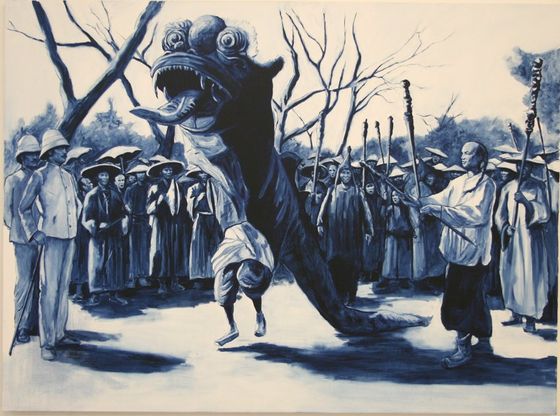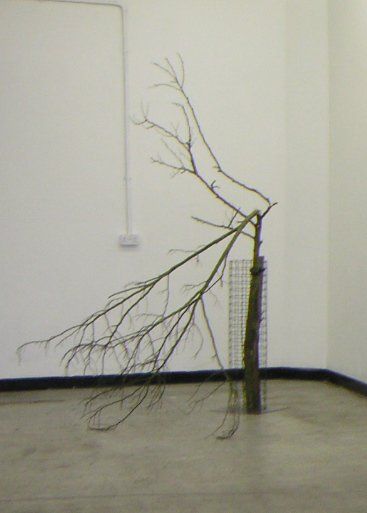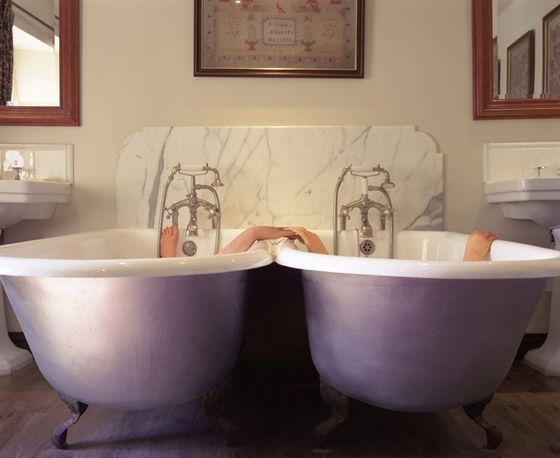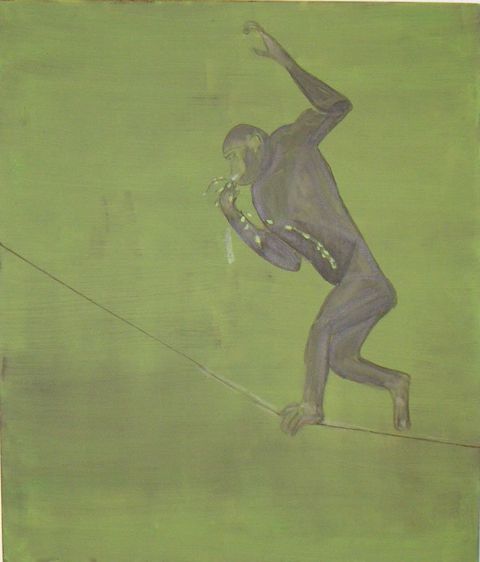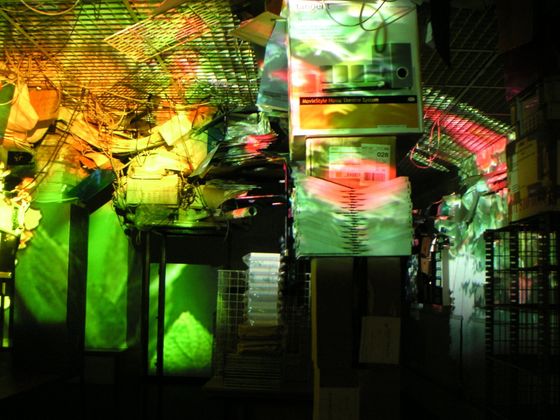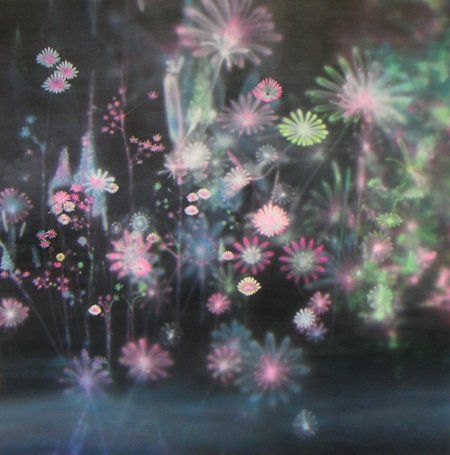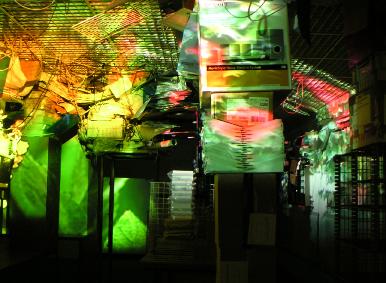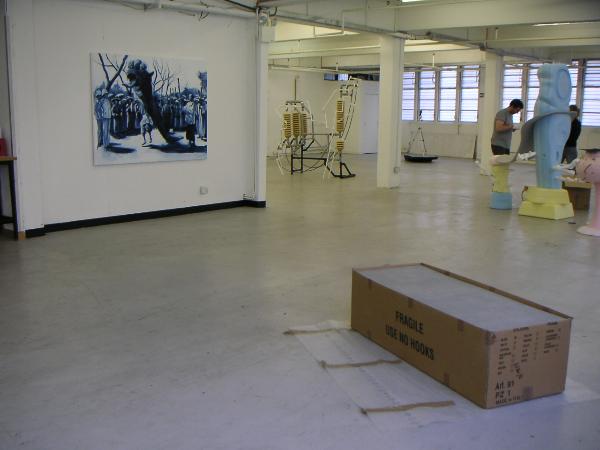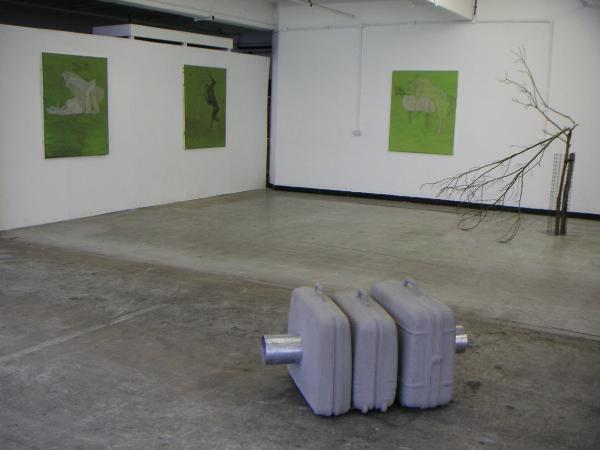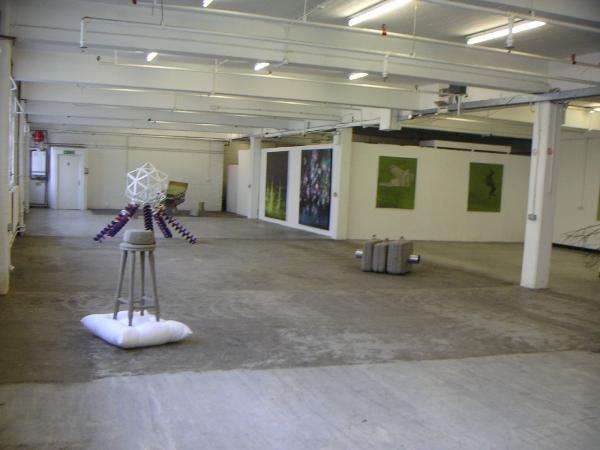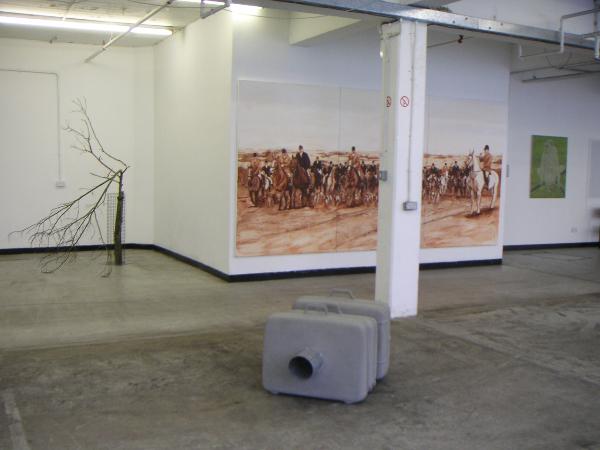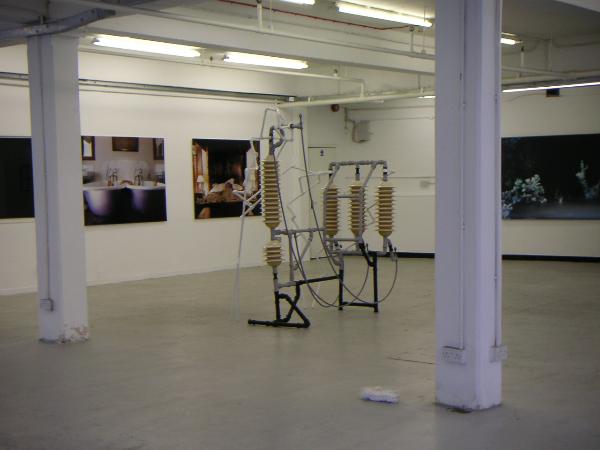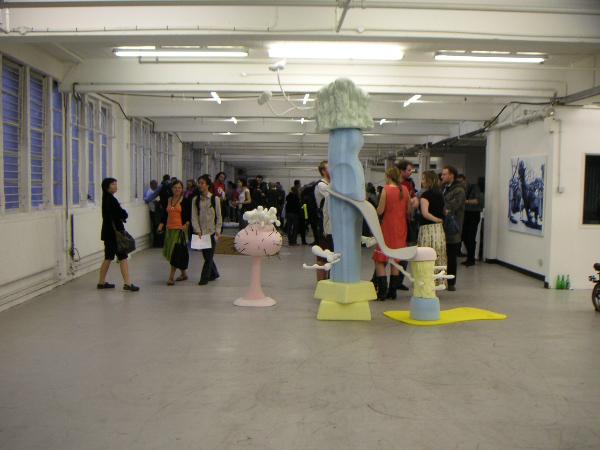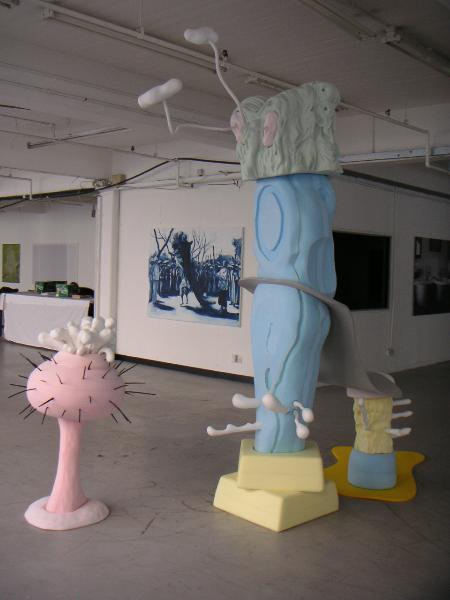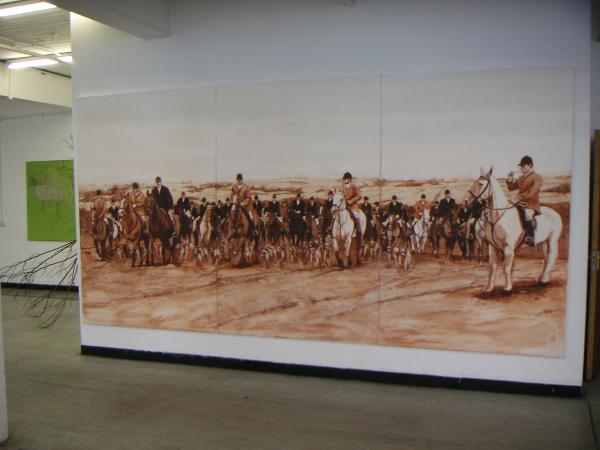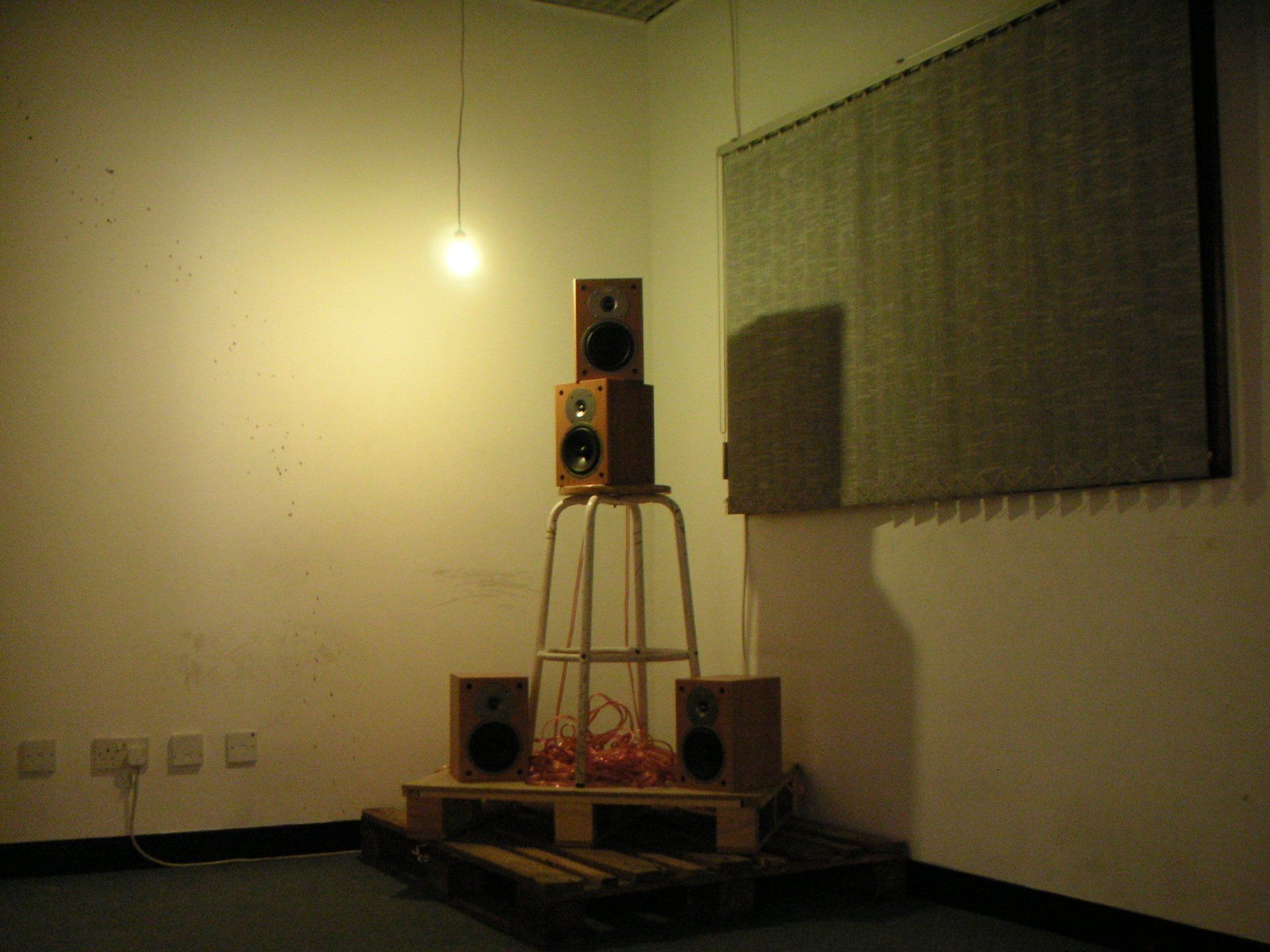curated by Richard Ducker
“… I drew close – I whispered something and kissed her – a tear rolled down her cheek – and then I captured forever the moment – our mutual emotion was recorded on the silver film …”
Edward Weston’s account of his reunion with his lover Tina Modotti
Blossom, like a supernova, achieves a momentary perfection, before falling and dying. The Japanese Kamikaze pilots of the last World War before embarking on suicide missions painted cherry blossom on the side of their planes as a symbol of the ephemerality and beauty of nature. Through this metaphor, the fragility of a life short-lived, and the attempt to capture its trace is made visible. These artists are concerned with attempting to arrest something from these fleeting moments. This process evokes experiences lost: a living breathing body, objects heavy with nostalgia and longing, a yearning for love and touch, a sense of place, and the joy of materials.
“When art, becomes independent, depicts its world in dazzling colours, a moment of life has grown old and it cannot be rejuvenated with dazzling colours. It can only be evoked as a memory.” Guy Debord Society of the Spectacle
The work in this exhibition engages with the curiosity of human desires and fears, yet each artist denotes human presence by its absence or fragment. Through a certain emptiness in these works, emotion is sublimated: the animal as metaphor, the voyeurism of the photograph, the monumental of the everyday object, and the intervention of found materials. Though a strong humanity exists, these artists also explore its death within the spectacle of the artworks.
This is the first exhibition at a new space of 10,000 square feet under the Atlantis art shop and 10 minutes walk from the Whitechapel Art Gallery. The nearest tube stations are Aldgate East and Whitechapel.
Exhibition runs: 12 May - 4 June 2006
Opening hours: Friday, Saturday and Sunday 12-6 pm
RICHARD DUCKER
Richard Ducker covers every-day objects in concrete. Narratives are set up through the introduction of found materials within the work, and the way the work is presented. As personal associations are projected onto these standardised, mass- produced objects, they became alive, as sites of symbolic exchange. Out of this representation of obsolescence and nostalgia, he uses the language of the monumental to create artworks where memory and the present collide. The works coalesces around certain themes of loss and a domestic disquiet. There is often a sense of displacement, narratives are either imagined or remembered, and the body remains an absent presence.
MATT FRANKS
“The intensification of common dumb cartoon imagery is at the heart of Matt Frank’s sculptures. Taking conventional reduced two dimensional renderings of images such as skulls, nuclear bomb explosions, swirls and vortexes, Franks solidifies these graphic simplifications into three dimensional forms in ludicrously bright acidic or pastel colours. Composited into intricate near baroque, comical and outlandish objects, Franks’ sculptures don’t seems to be depictions of either straightforwardly inanimate things nor of creatures in their own right. Rather they seem to be bodies that lie somewhere between the two, hybrids with their own mysterious exuberance.” Copyright Suhail Malik 2004
courtesy Houldsworth Gallery
CLARE GASSON
Clare Gasson `looks to cinematic space and experience, though concentrating on sound, and the imagination of the audience – looking to the atmospheric and sensate. The work is often presented via sound systems. This may take the form of a CD for CD walkmans, or the sound may come out of a monumental sculpture/speakers. She is interested in questioning the authority of the medium. The work is disseminated through different media – often too these are repeated, for example the narration on the limited edition CD is also to be shown as a script in a journal.
STEWART GOUGH
Stewart Gough makes sculptures that are essentially formal, made in a constructivist vein. They playfully combine readily available D.I.Y. store materials with a definite control of scale, form and colour. These works command a sculptural presence and resonate with architectural ideology.
SAM HERBERT
Sam Herbert's recent paintings have examined the dichotomy between a romanticised view of an imperial past and the jarring reality of the exploitation that this lifestyle was founded upon. The paintings have an immediate familiarity derived from memories from historical novels, illustrations, sepia photographs or costume drama. His intention is to take these romanticised notions of the British Empire and turn them into paintings that seem hazy or nostalgic. By placing the viewer in a position that elicits an empathetic reaction poses a set of questions that reject a straightforward answer and require a re-examination of initial assumptions.
CLAIRE ROBINS
Claire Robins explores the vulnerability of the physical and the ephemeral nature of human experience. In Beyond Repair? two young trees, despite their protective staking, have been brought down by wanton human destruction, and like so many deleterious acts, where the relationship between the perpetrator of violence and victim appears arbitrary or tangential, the destruction defies understanding and precipitates a symbolic site. Monument is empty sky-rocket husk, made permanent by casting into bronze. It is a perverse little object, transmuted cardboard and stick, hopelessly failing to immortalise the fleeting sparks of its former existence.
LIANE LANG
Liane Lang employs a variety of inanimate objects and fabricated figures to construct images and videos that exist between narrative fiction and still-life composition. Set in spaces that appear contrived, and could be described as in themselves sculptural, the photographs represent a highly controlled, single view point on an installation. They extract from the elaborately inanimate, a moment of animacy, a subtle shift between the observation of a figure as form and as active agent. The figures in the work inhabit their environment like spectral presences, simulating touch and sensation, engaged deeply in mock reflection, standing in for the absent and the absent minded. They provide a vacancy for unselfconscious voyerism, for watching nobody through the key hole.
RICHARD LIVINGSTON
Richard Livingston makes paintings of pleasure and tragedy using as source material images from archives and the media, which are selected for their emotional resonance. All references to a particular time or place are erased to isolate and accentuate the posture, gesture or fragment. By blurring an anguished or sensual moment and erasing its specificity, another dimension such as colour or tenderness may be revealed, presenting an oscillation between suffering and pleasure, coexistence and separation, remembering and forgetting. Many of the current works are exploring human emotions, perceived through images of animals - in the laboratory, the home or wildlife films. We use animal metaphors to picture desire, affection, cruelty and the movement between visceral animal and rational human.
LAURA WHITE
Laura White is interested in the way we read and view nature. How nature through the frameworks we set up can seduce us and provide us with unthreatening pleasure and entertainment, like visiting an aquarium, a zoo, or walking through urban parkland. This process of visual engagement, often in the work projected as a moving image is shattered by the viewers acknowledgement of the positioning, exaggeration and awkward arrangements of the image, or the presence of objects in the space, which slowly reveal a less entertaining view of nature, one that exposes its extreme manipulation and often threatening instability, whether that be through human contamination, misrepresentation, dislocation, or nature’s ability without any human intervention to destroy.
MARK WRIGHT
Mark Wright's “…paintings that take up directly what might be called the beauty issue. There is a sweetness and light pervading the painting, candy or electric colours and a high finish. The imagery is layered, concealed behind the varnish. There is a micro–symmetry within the motifs and a macro-dysymmetry in the composition of each painting. It is a mannerist elevation of artifice within the frame of painting which, despite its references, never quite gives in to landscape. These paintings are rather screens which carry wholly artificial signs towards the remnants of another image of a natural world. There are pointers to particular epistemic systems, to sciences for example, which have drifted too far to be accessible any longer.” White Window, Jane Lee (2005)
